Table of Contents
I completed a two year, 31,000km trip between Europe and Australia using a Gates Carbon Drivetrain. I started with belts on my modified Surly Long Haul Trucker and 10,000km later I used dual belts on my Co-Motion tandem.
The Centertrack drivetrain has performed flawlessly on sealed roads and under all weather conditions. When it gets sandy, or when the grit on dirt roads gets fine it sometimes gets squeaky. This happened on less than 10 short sections of my trip. Stopping the squeak is an easy fix, a squirt of water and a rub with your finger but it sometimes needs to be done every 20-100km depending on the fineness of the grit. Silicone spray or Rohloff biodegradable chain lube is said to keep them silent for longer, but I never had access to these products when I needed them.
In terms of maintenance, my belt drivetrain required very minimal effort. I found myself giving it a clean with a toothbrush whenever it got a bit muddy/gritty. When I stuck to sealed roads I almost never need to do any maintenance.
The Centertrack chainring is now showing signs of wear. There are silver wear marks coming through the black anodising. The stainless steel rear cog looks to have a lot of life in it yet. I haven’t yet replaced either of those components since Amsterdam.
After 31,000km, I’ve only just managed to break my first belt as I took off from the traffic lights. That’s some serious distance on a bicycle drivetrain! I just put a new belt on to the existing chainring/cog, so it will be interesting to see whether this belt wears quicker than the first.
Why?
Belts last up to 4x the life of a chain because they don’t ‘stretch’ and wear in the same way. This is because belts have no moving components like a chain; instead they’re constructed with continuous loops of carbon cord inside a nylon/polyurethane jacket. Chains lengthen over time as their components wear (pins, bushing, rollers) until eventually chains will no longer mesh well with the sprocket teeth.
Belts require little to no drivetrain maintenance and don’t need to be lubricated (no greasy hands).
Belts are essentially impervious to road grime and weather, and will not rust if you leave them in the rain.
Belt drivetrains are almost silent on the road; instead they make a cool humming sound.
Belt drivetrains are considerably lighter than chains, in fact a cog/ring/belt is lighter than a chain alone.
The Centertrack design is greatly improved over the Gates CDC belt kit.
Gates have helped me out with warranty assistance when I’ve needed it.
Why Not?
Getting a spare belt at any old bike shop is virtually impossible; it’s a send-in job. But that said, most high-end bike components need to be shipped to you anyway. I’ve always carried spare belts because they are the most likely part to break, and really don’t weigh much – just 74g. I never carried spare chainrings or cogs you have a low chance of damaging or wearing out those components.
Belt drivetrains require a lot of tension resulting in a slightly less efficient drivetrain than with a chain. This tension is said to damage bottom bracket and rear hub bearings but it is my experience that the effect is minimal.
You need a belt compatible frame with a built-in tensioner to run a belt drivetrain. Belt compatible frames have a ‘belt splitter’ in their rear triangle and should also be stiffness test approved.
Belts can make a lot of noise on sandy, dry roads.
Carbon drivetrains are expensive, but I think they’re pretty good value if you consider the kilometres you’ll get per dollar invested.
Belts can only be used with an internally geared hub, or as a singlespeed (not for derailleurs). This is primarily why the product is not mainstream.
Belt lengths are fixed and only five lengths are available, limiting the drivetrain ratio options available.
Belts can be mishandled; users should be careful not to twist or bend the belt.
Price
US $260 (Rohloff drivetrain)
Would I buy it again?
The Centertrack drivetrain was perfect for my two year bike trip. Given that 90% of my riding was on sealed roads, the silence, incredible wear life and maintenance-free nature of the Centertrack kit definitely outweighed the annoying squeaking I got on some sandy roads. That said, I generally recommend belt drive to people who ride the majority of their tours on sealed roads. Those who spend more time on dirt than me should stick with a chain, or risk having a squeeky belt drivetrain.


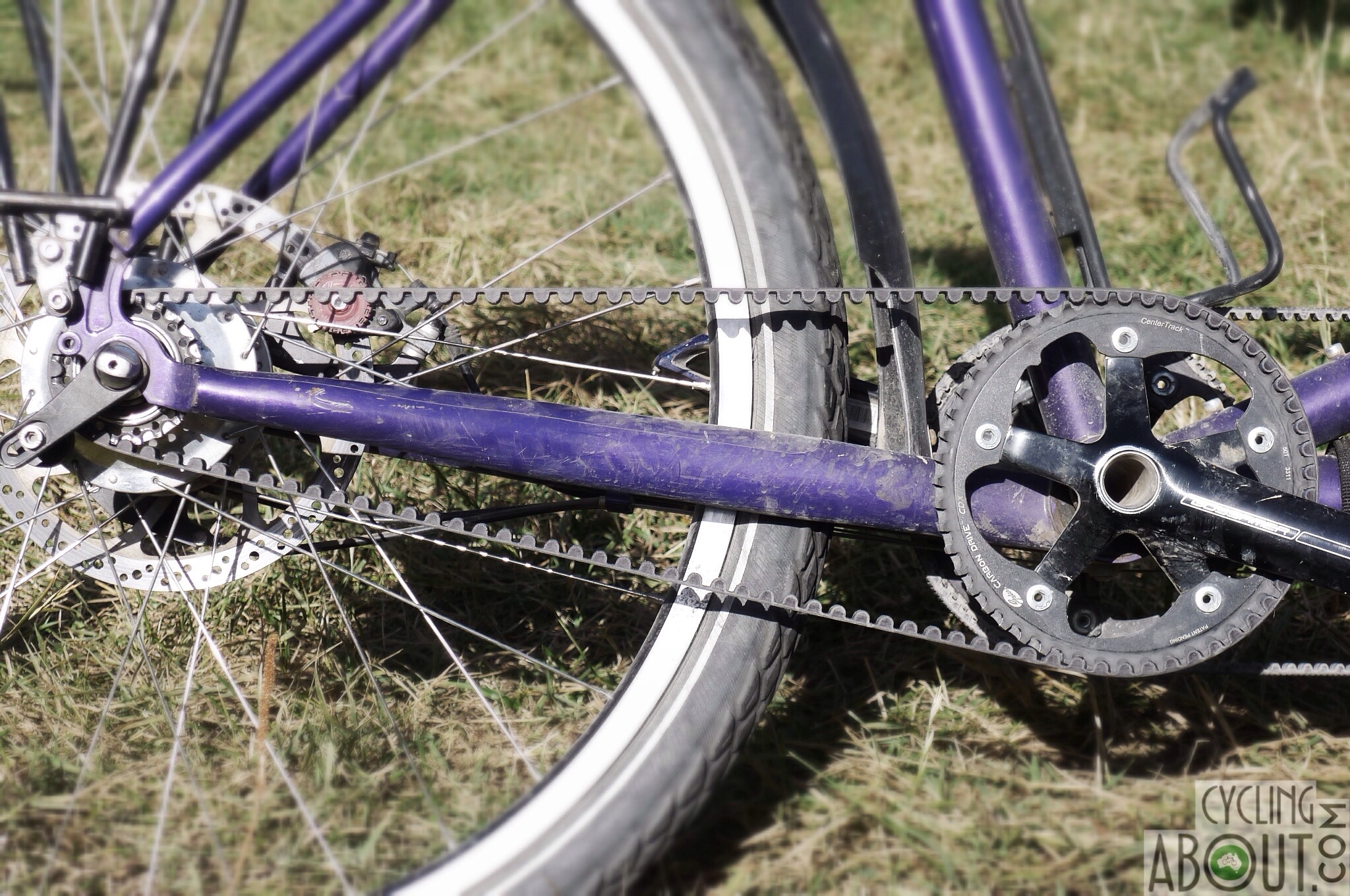


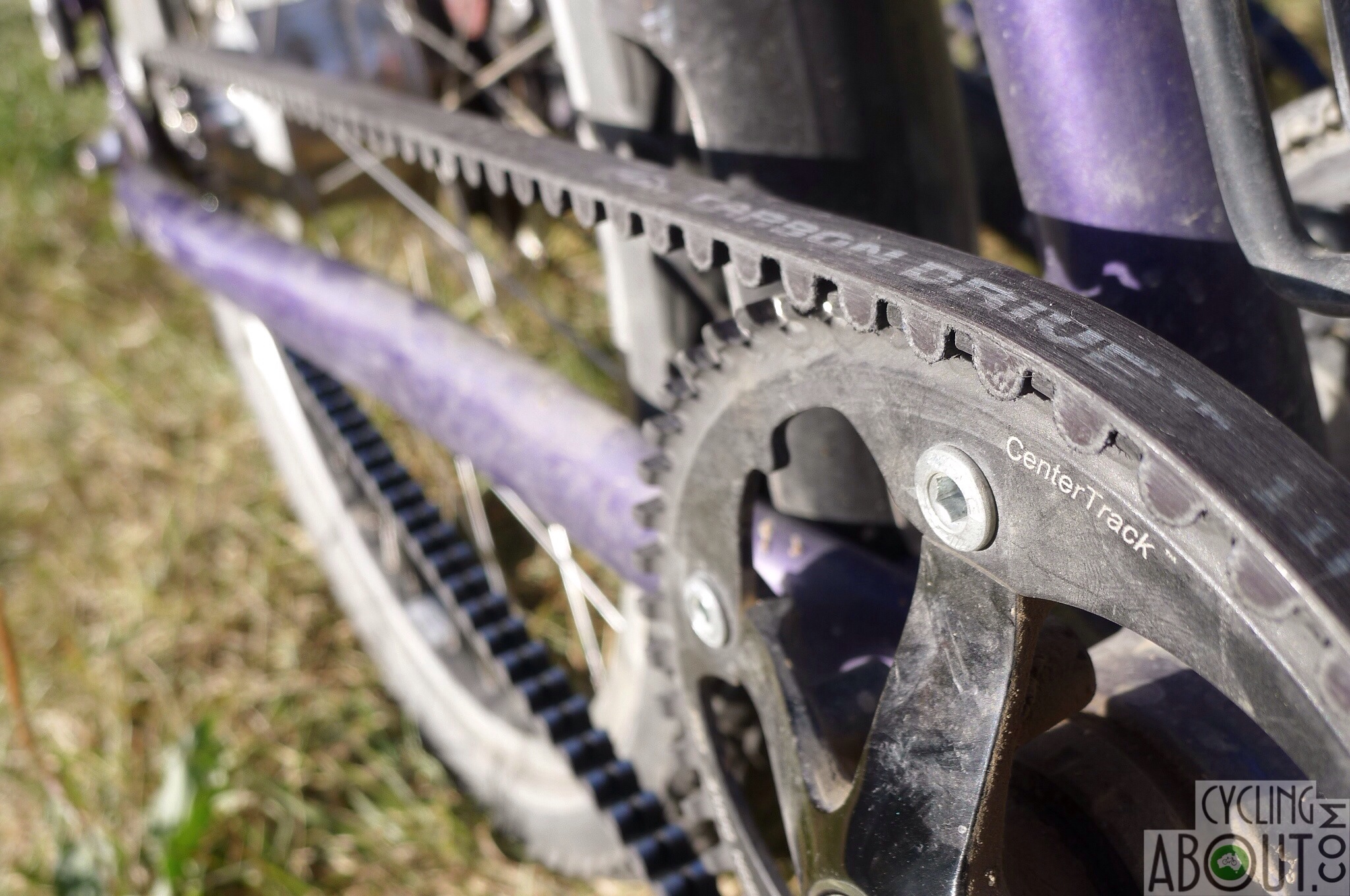
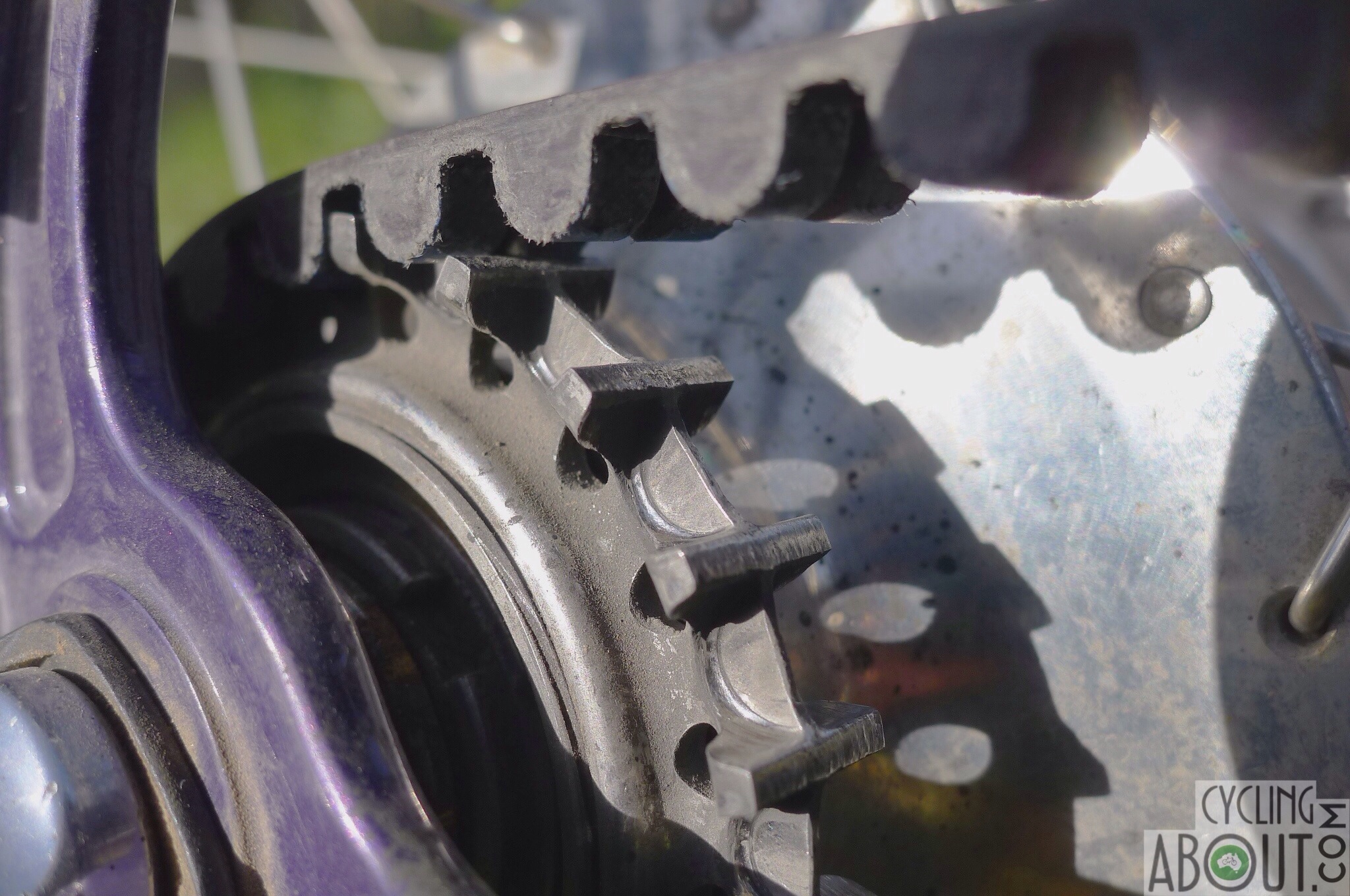
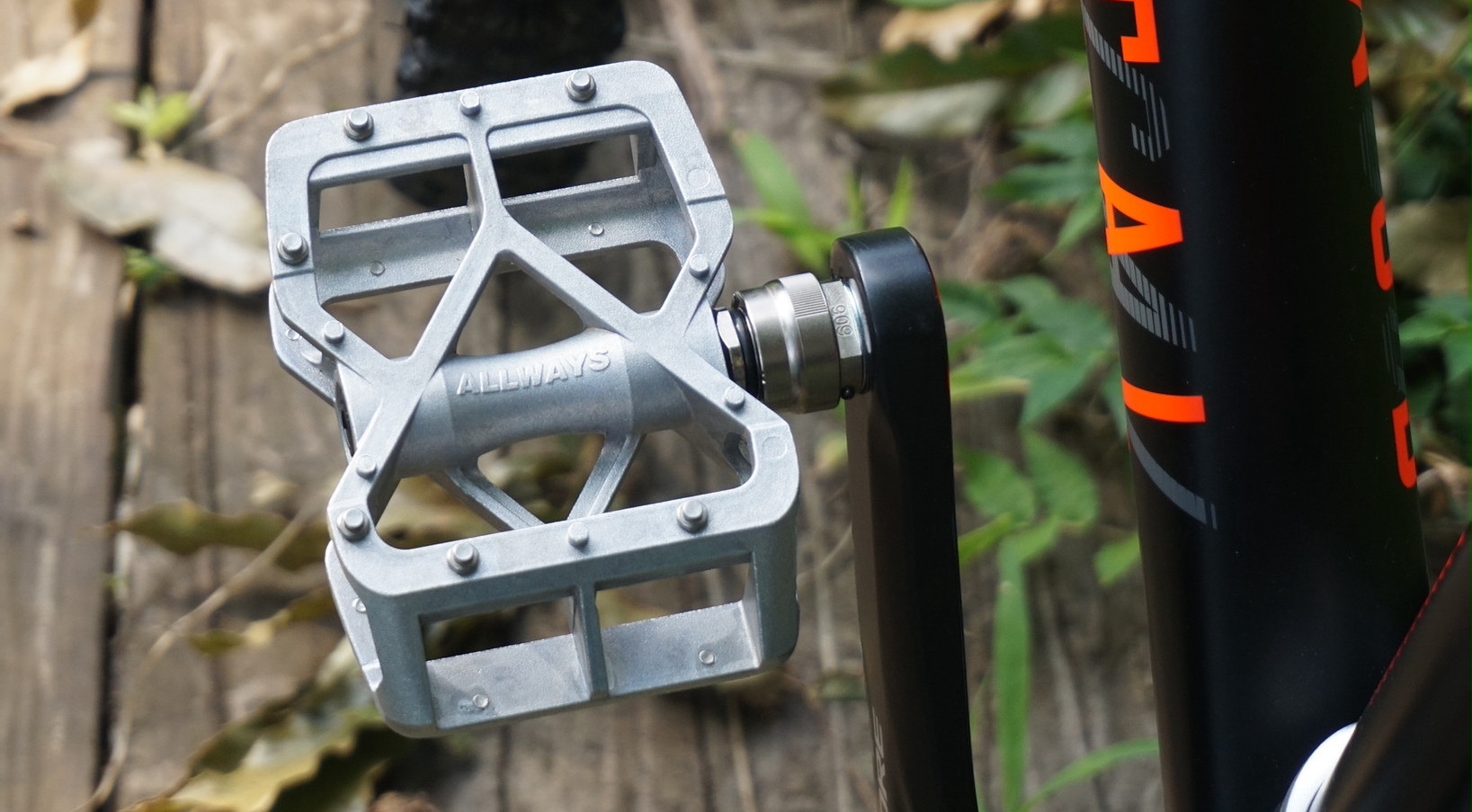
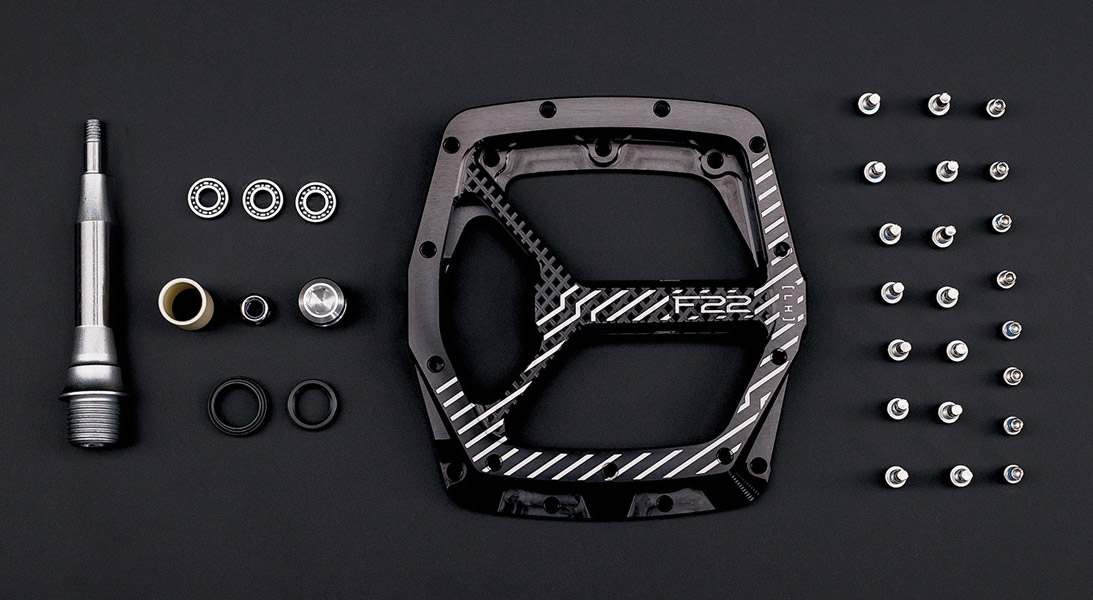
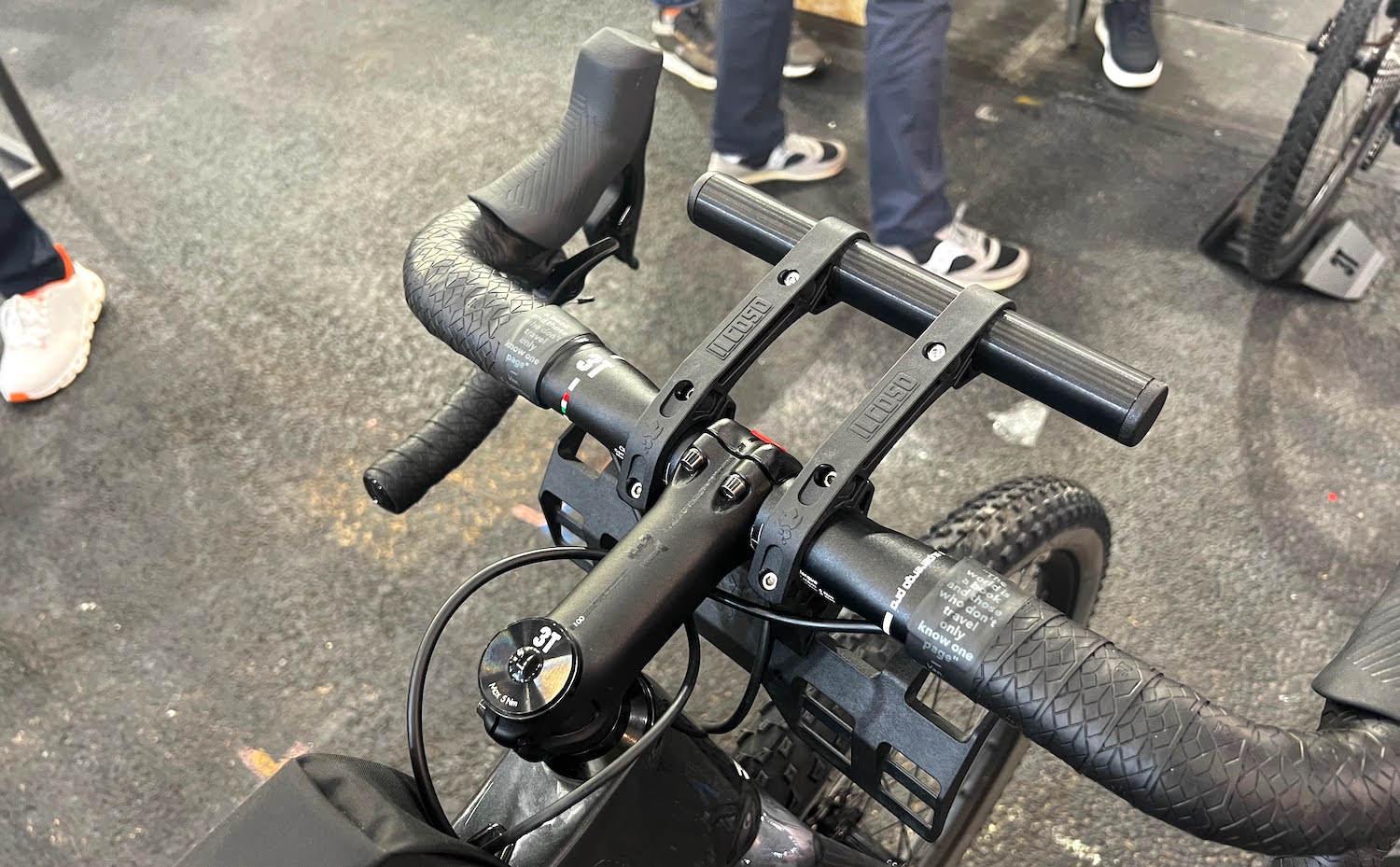

Do you know why most manufacturers who offer stock bikes with Gates belt drive, sell it with the CDC and not the Center Track?
Is it cheaper?
I looked on all sorts of brands, and if there is a bike in their portfolio with Gates belt drive, then it’s CDC.
I can only assume it is to clear excess stock!
I notice u run the older belt without grooves on the top side. I had my belt fail guite quickly. Suspicious of the material being grooved out and why….wish I could get a thicker belt for the fatbike tires that grip like mad 4.6inch tubeless
20000 KM I guess its over now..
Wow, I haven’t see that before. 20k is a great wear life!
Cube Editor has a CenterTrack crank 🙂 Although i’m probably 3 years too late.
I see today only Center Track variety…
When you consider my Honda timing belt will last over 105k miles and more than 7 years with revolutions of around 2000+ rpms and most likely large amounts of torque, then you realize this product is most likely designed to fail at such low miles.
It’s all relative; a bicycle chain lasts a fraction of the distance of a motorbike chain too. This is because bike chains are engineered for easy repair with hand tools and to keep it all within a 200-300g package. I’m stoked with 31,000km!
I’ve had a Gates centertrack belt (with Pinion gearbox) for 6 weeks now and have done nearly 2000km. (a two-week tour and a one-week tour). I’m disappointed by the noise generated when the belt isn’t clean. I’m riding 99% on sealed roads, but although they are sealed minor roads generally have poorer maintenance and the dust/grit (left by farm vehicles for example) isn’t swept off by other traffic. So some of it ends up on the belt. A good wash with plenty of water removes the noise but that isn’t always practical on a tour. On a hot dusty day, do I really want to stop riding and get on my hands and knees with a toothbrush? And/or use some of my precious drinking water? I’m even considering changing to a conventional chain drive. But I’m wondering if adding a mudflap to the front mudguard would prevent most of the dirt being thrown onto the belt. Any thoughts?
My KOGA WorldTraveller is ready for me to collect this coming Thursday, and it has a Gates belt and Rohloff 14 hub. I set out to cycle around the world for many years starting on August 1 this year, just over a months time. I’m no bike mechanic and no very little about regular chain setups, in fact I know nothing. I have had my concerns regarding whether or not I did the right thing with the belt and hub, but I’m going to put it all down to part of the adventure ahead. I hate oil and grime, and would hate it even more if I had nowhere to clean it off my hands and leg, so the cleanliness of the belt system appealed to me more than anything else. I will be mostly cycling through developed countries, so I’m not overly concerned about being stranded if the belt or hub went wrong. I’m taking a spare belt and small silicon spray. I have to admit to hating the sound of a dirty chain system, and the clunking between gear changes, and even slipping or the chain coming off completely and getting wedged, leading me to get covered in oil. Well it’s done now, so we are just going to see how I get on over these next 20k miles or so. Steve
Hi Chris. A mudflap will certainly prevent a some of the dirt from hitting your belt. Regarding the noise, have you tried applying some silicone spray? Quite a few belt owners give theirs a spray periodically to mitigate noise in dusty environments. The other option is a biodegradable chain lube like what Rohloff offer. The only other thing I can think of is that your belt is too tight. You could back it off a little and see if that helps. Alee
You’ll be fine, Stephen. My Rohloff/Belt bikes just keep going. 🙂
Thanks. Only 6 more days before setting out. Exciting stuff. Steve
So exciting! All the best, Steve.
Thank you Alee